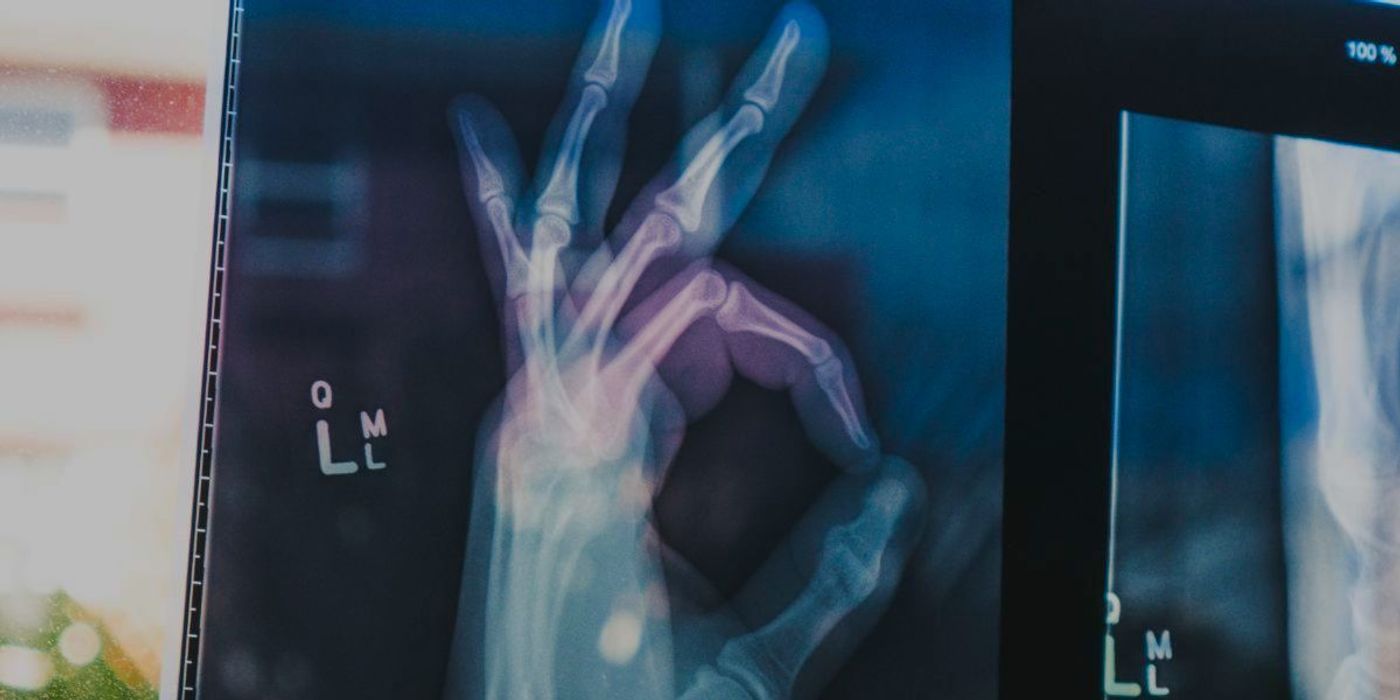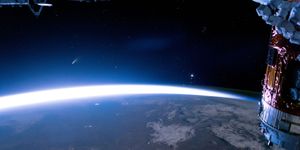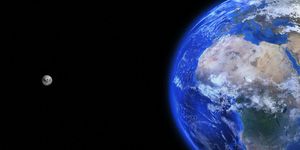Scientists Engineer Human Cartilage in Space
Russian cosmonaut, Oleg Kononenko, has successfully carried out an experiment to engineer human cartilage in microgravity aboard the International Space Station. This is the first time human cartilage has been created outside of Earth.
Although bioprinters can already produce human cells and tissue, they rely on gravity and scaffolds to bring them together. In space, of course, this presents an issue. To overcome it, a team of scientists devised a system that replaced gravity with magnetism to form the tissue.
Inside a bespoke assembly machine, they were able to counteract the effects of microgravity and acceleration. While the cartridge cells themselves were not magnetic, the assembly's fluid was, meaning it could be used to hold cells in place to create tissue.
Prior to the experiment, the Earth-bound scientists developed mathematical models and other simulations to understand how the process could work. They then developed spheroids based on human cartilage cells and sent them, alongside a custom made magnetic bioassembler, to the International Space Station for testing by Konenenko.
The scientists hope that the same magnetic assembly method may be used to construct materials in space from both biological and inorganic materials in the future. This, they say, would be essential for long-term space travel, such as that needed to visit other planets, in the case of medical emergencies that may require the replacement of bones and other biological matter.
"One could imagine not too far in the future that if we colonise Mars or do long-term space travel, we might want to do experiments where we build functional tissues in space and test them in extraterrestrial environments," says Utkan Demirci, a radiologist from Stanford University.
Although developing instruments capable of this feat is some time off, the current study nevertheless points to methods that may significantly advance tissue engineering. In any case, coming after news that meat and fruits can now be grown in space as well, space travel is looking increasingly feasible.
Sources: Science Alert, IEEE Spectrum









